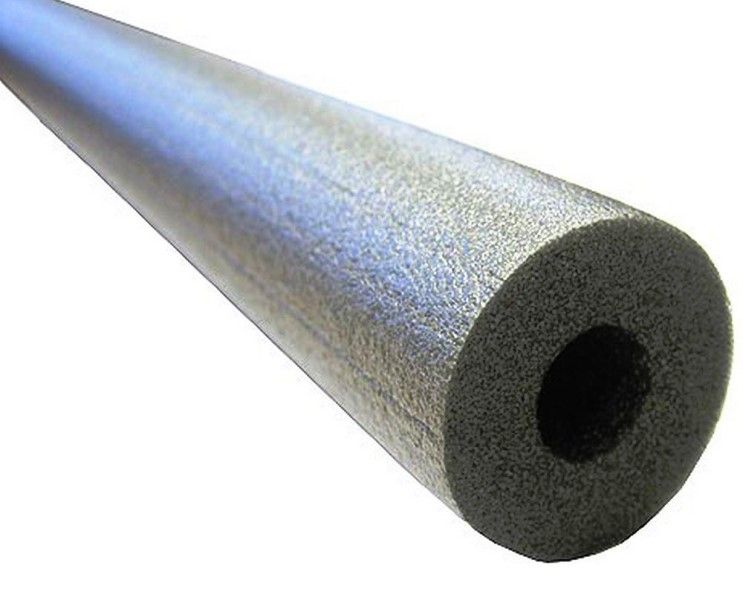Properly Insulating Pipes Will Lower Energy Bills
Insulating hot water pipes lessens heat loss and can increase the water temperature by as much as 4°F, which in turn means you will be able to lower your boiler's temperature setting. Insulated pipes furthermore deliver hot water faster than uninsulated pipes, so you do not have to wait for the water to heat up when you turn on a tap. Having instant hot water helps save water, which these days is essential with many countries experiencing water shortages.
Insulating water pipes is not as difficult as you might think. Even if you don't want to do the job yourself and prefer to pay someone to do it for you, this still makes economic sense. If you have uninsulated water pipes within or close to exterior walls, they may burst in cold winter temperatures. Burst pipes can have dire consequences, causing structural damage to the property as well as being expensive to repair.
- The ideal scenario is when pipes are insulated during the building of the property, or at the same time as a plumber comes to work on your boiler or another issue with the pipes. If neither case applies, deciding to insulate the pipes yourself is very well worth the effort, especially in the following circumstances:
- Long piping, where the distance travelled by the water is far
- The pipes are exposed to extremely cold weather
If the household is large and uses a lot of water, as higher energy savings will be realised.
There are several easy techniques for insulating pipes which will conserve energy and save money on future energy bills.
Foam Tubing
The most common method of pipe insulation is foam tubing, primarily because it is inexpensive and very easy to install. Foam tubing is available in 3/8 inch and 5/8 thicknesses and comes with a layer of two-sided tape. The 5/8-inch-thick foam tubing provides more insulation and is better suited for cold climates.
Foam tubing is cut lengthwise, which means it simply slips right over hot water pipes like a sleeve. Place the foam tubing over the full length of all hot water pipes and bend it around any corners. Use a knife or scissors to cut the foam tubing and secure it in place with insulation or gaffer tape at 1-foot intervals. Insulating pipes this way is fast and a job that even an inexperienced erson can complete in one afternoon.
Fiberglass Attic Insulation
Insulating pipes with fiberglass attic insulation may seem unusual; however, it is still effective and a good way of using leftover insulation.
To install fiberglass attic insulation on your pipes, you will need a large flat piece of wood to use as a cutting surface. Use scissors or a suitable knife to cut the insulation to the length of the section of pipe to be covered. Cut the fiberglass lengthwise so that it is equal to the circumference of the pipe. Wrap the piece that you cut around the pipe and secure it with tape at 1-foot intervals. When insulating pipes with this method, be careful not to compress the material, as it will lose some of its insulating capacity.
Foil-faced Pipe Covers
Insulating pipes with foil-faced pipe covers takes a bit more work than the previous methods. However, it provides a high level of insulation at an economical price. The outside of this material generally consists of a foil shell with glasswool insulation on the inside.
After measuring the pipe that is to be insulated, use a small saw to cut a section of the foil pipe cover. The pipe cover will swing open, which allows it to easily wrap around the pipe. This type of insulation sometimes comes equipped with double-sided tape, which securely fastens it in place. Insulating pipes with this method can be time-consuming because measurements have to be fairly precise, as the material does not allow for as much flexibility as foam insulation.
Summary
To summarise, there are many benefits to properly insulating pipes in a household, the primary one being lower energy bills. When water pipes are correctly insulated, hot water will remain at a high temperature inside the pipes for hours. In addition to conserving energy, having hot water instantly on tap is a welcome bonus. Insulating water pipes is not a difficult job, and in most cases, you will be able to do it yourself.






